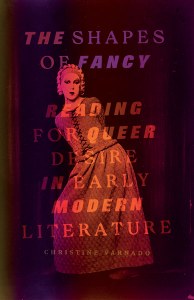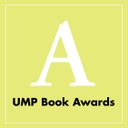THE SHAPES OF FANCY review in Modern Philology
Delightfully, The Shapes of Fancy reads like queer theory, which is to say that it reads like an attempt to create frames of recognition for modes of living—and thus of desiring—that have relied on improvisational forms. To say that a work of queer theory like The Shapes of Fancy “reads like queer theory” may seem redundant, but it captures something about the aesthetics of Varnado’s vivacious, rolling—even insatiable—prose, and her productively askew orientation toward early modernity and the reigning analytic protocols and interpretive habits of early modern sexuality studies.
... The Shapes of Fancy ends with a clarion call for the hard-won values and pleasures of (queer) reading, especially in a moment (and haven’t we almost always been in such a “moment”?) in which universities are increasingly calling for demonstrable, job-oriented outcomes that eschew something so supposedly “mere” as pleasure. Literature, Varnado writes, “is a space of affective experimentation, a chance to enter into the pleasures and problems of identification and other weighty affects” (265). This space, she argues, offers students who are “brutally, intimately acquainted with structural violence” a chance to craft “a livable world” (262–63)—one that, importantly, doesn’t sidestep that structural violence, or the long histories of structural violence (like the melancholic colonial dispossession evidenced in Harriot’s Report) that precede and produce it.
Read the full review at Modern Philology.




